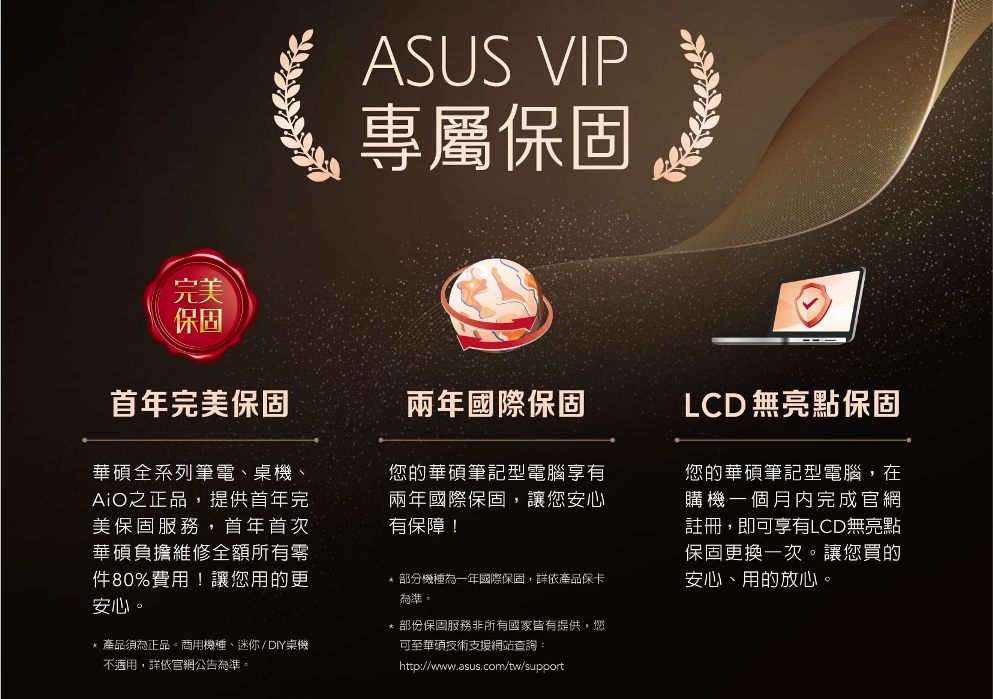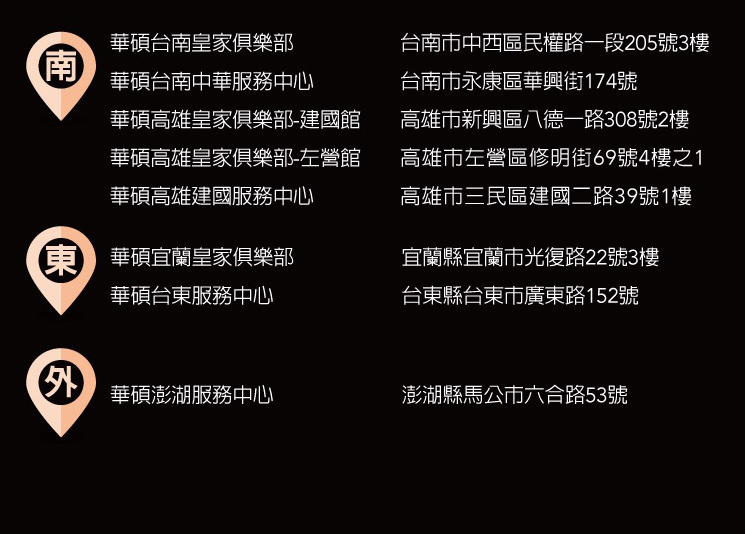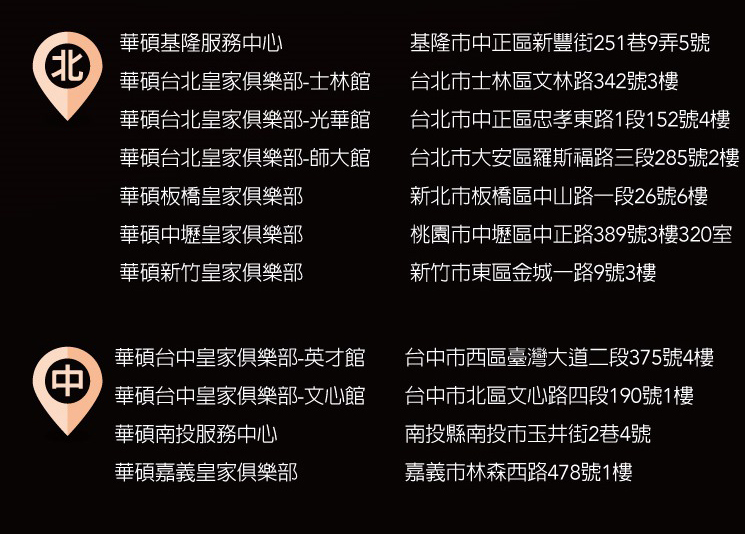Talaro's Foundations in Microbiology: Basic Principles 12/e
作者:Barry Chess (Kathleen Park Talaro)
ISBN:9781266153617
版次:12
年份:2024
出版商:McGraw-Hill
頁數/規格:992頁/平裝彩色
定 價:NT$ 1780 元
【內容】
Description
Talaro’s Foundations in Microbiology: Basic Principles is an allied health microbiology text with a taxonomic approach to the disease chapters. It offers an engaging and accessible writing style through the use of case studies and analogies to thoroughly explain difficult microbiology concepts.
Global Changes to the Twelfth Edition
Thousands of changes were made to this edition, most of which you'd never notice. Sentences were clarified, statistics were updated, figure legends were changed. All in the name of making this edition a little bit better than the last. The following list represents a few of the larger changes you'll encounter.
Diversity, Equity, and Inclusion: McGraw Hill is dedicated to creating products that foster a culture of belonging and are accessible to all the diverse global customers we serve. Within this edition, content has been reviewed to implement inclusive content guidelines around topics including generalizations and stereotypes, gender, abilities/ disabilities, race/ethnicity, sexual orientation, diversity of names, and age.
Art Accessibility: Accessibility has been improved in this edition by ensuring meaningful text and images are distinguishable and perceivable by users with limited color vision and moderately low vision.
Chapter-Specific Changes
Chapter 1
New Case Study examines the similarities between the 1919 Spanish influenza pandemic and the COVID-19 pandemic.
New discussion of the slave Onesimus and variolation, his contribution to protecting the inhabitants of Boston from smallpox in 1721.
Making Connections: A More Inclusive WHO discusses the latest naming standards established by the World Health Organization to promote equity and inclusion.
Thirteen new photos and illustrations.
Chapter 2
New information on the use of liposomes to deliver mRNA in the SARS-CoV-2 vaccine.
Chapter 3
Clarified discussion of microscopy, particularly magnification and resolution.
Making Connections: Frau Hesse's Medium examines Angelina Hesse's use of agar to prepare microbiological media.
Twenty new photos and illustrations.
Chapter 4
The discussion of bacterial membrane structure has been clarified.
Updated and clarified explanation of prokaryotic classification as well as the upper and lower limits of bacterial size.
Eleven new photos and illustrations.
Chapter 5
A new discussion of endosymbiotic theory opens the chapter.
Nineteen new photos and illustrations.
Chapter 6
The chapter opens with a new introduction to viruses.
Seven new photos and illustrations.
Chapter 7
An updated and expanded discussion of human microbiota is now found in the chapter.
Chapter 8
Three new photos and illustrations.
Chapter 9
A short discussion of RNA and its contribution to the expression of genes throughout the cell has been added.
Twenty-four new photos and illustrations.
Chapter 10
The explanation of recombinant DNA technology has been clarified.
A discussion of Onpattro, the first RNAi therapy approved for use, has been added to the chapter.
Nineteen new photos and illustrations.
Chapter 11
A discussion of the use of ultraviolet disinfection during the COVID-19 pandemic has been added.
New information on the use of phenol and hydrogen peroxide has been added.
Seven new photos and illustrations.
Chapter 12
Updated discussion of pre-exposure prophylaxis for HIV.
A new section focusing on the treatment of COVID-19.
Five new photos and illustrations.
Chapter 13
New Case Study on coronavirus infection in zoo animals and sylvatic cycles.
New Clinical Connection examining exactly when humans begin to acquire resident microbiota.
Twelve new photos and illustrations.
Chapter 14
New discussion on the role of erythrocytes and neutrophil extracellular traps in the immune system.
Five new photos and illustrations.
Chapter 15
New Case Study on the development of vaccines against SARS-CoV-2.
New Clinic Case on the use of monoclonal antibodies in the treatment of COVID-19.
New discussion of viral vector and RNA vaccines.
Seventeen new photos and illustrations.
Chapter 16
Four new photos and illustrations.
Chapter 17
A new discussion of MALDI-TOF (Matrix-Associated Laser Desorption/Ionization Time of Flight) as a means of identifying microbial samples.
A new discussion of point-of-care and rapid diagnostic tests.
Seventeen new photos and illustrations.
Chapter 18
A new discussion of necrotizing fasciitis.
Seventeen new photos and illustrations.
Chapter 19
A new Clinic Case on fecal microbiota transplantation.
Seventeen new photos and illustrations.
Chapter 20
A new Clinic Case concerning an outbreak of Burkholderia pseudomallei, a Tier 1 Select Agent.
An updated discussion of the genus Haemophilus.
Fifteen new photos and illustrations.
Chapter 21
A new Case Study on COVID-19 and endemic typhus.
An expanded discussion of Vibrio vulnificus and Vibrio parahaemolyticus.
New Pathogen Profile focused on Vibrio vulnificus and Vibrio parahaemolyticus.
Updated discussion of Bartonella.
A new Clinic Case concerning live cell therapy.
Eighteen new photos and illustrations.
Chapter 22
A new Case Study concerning coccidioidomycosis.
New discussion concerning increasing numbers of Candida auris infections being encountered.
Chapter 23
Ten new photos and illustrations.
Chapter 24
Eleven new photos and illustrations.
Chapter 25
A new Case Study on a SARS-CoV-2 out-break connected to a wedding in a small town.
A new section on Coronavirus has been added.
A new Pathogen Profile concerning coronavirus has been added.
Discussion of a universal influenza vaccine has been added.
A new Making Connections feature recounts the initial use of wild animal vaccination against rabies, using chicken heads as bait.
The discussion of HIV has been updated to reflect the changing epidemiology and pathogenesis of the disease.
The discussion of polio has been updated and condensed.
Twenty-two new photos and illustrations.
Chapter 26
New Case Study focused on the death of eagles from ingestion of novel toxin produced in cyanobacteria.
Four new photos and illustrations.
Chapter 27
Five new photographs and illustrations.







